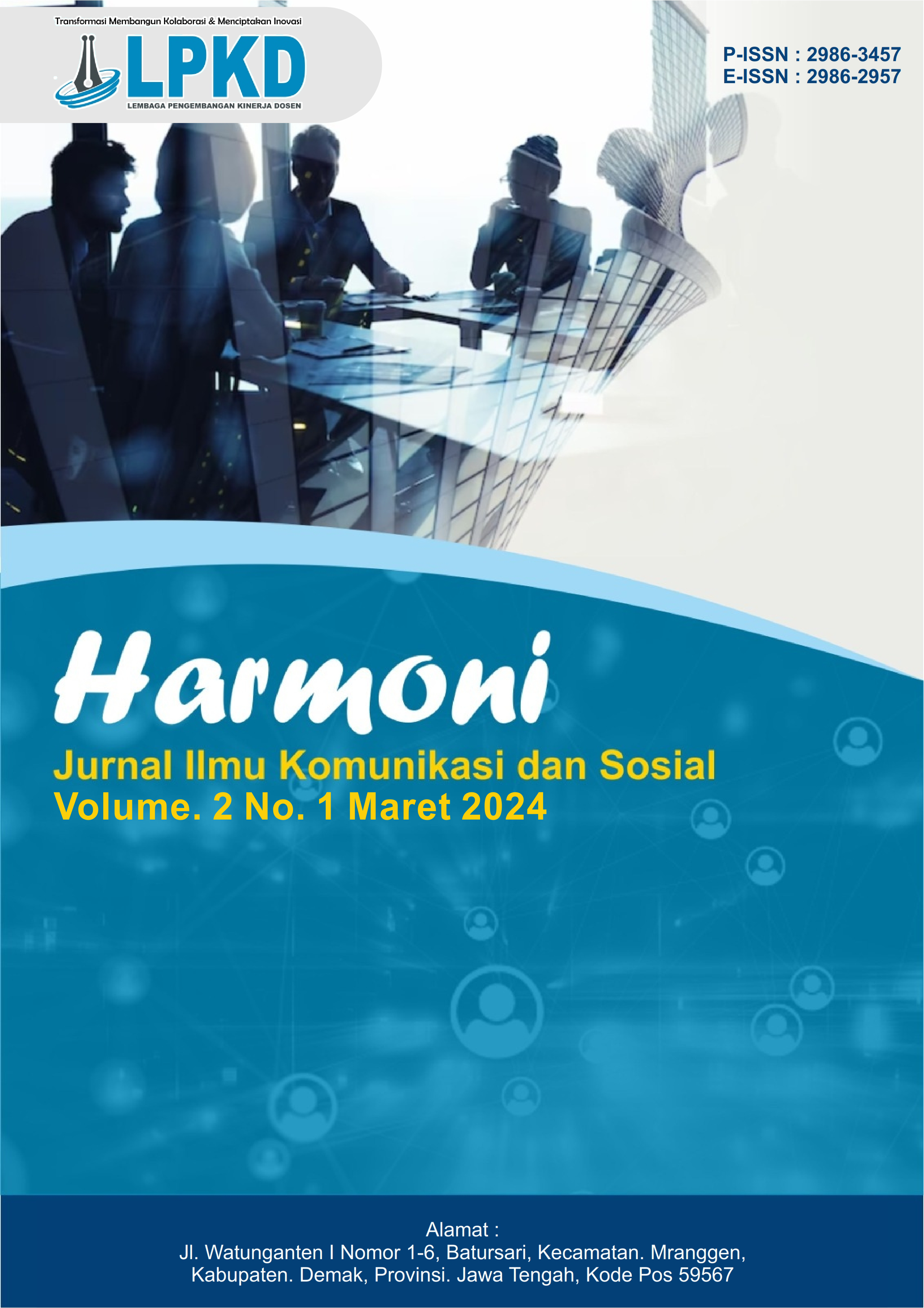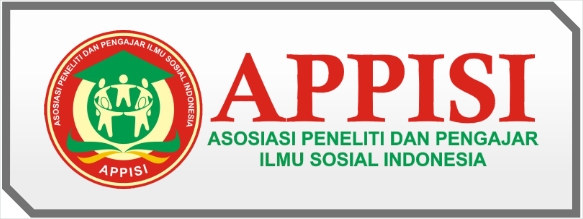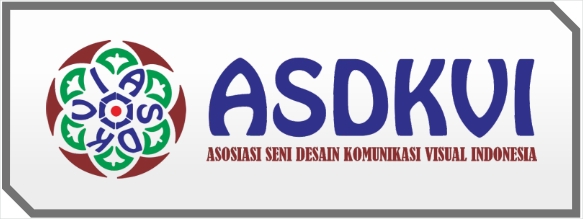Perlindungan Hukum Penyiaran kepada Anak terhadap Konten Pornografi dan Kekerasan menurut P3SPS pada Media Televisi
DOI:
https://doi.org/10.59581/harmoni-widyakarya.v2i1.2455Keywords:
Children, Television, Dangerous Content, Violence, PornographyAbstract
At this time, one of the electronic mass media that’s still loved by the majority people in the world is television, when other mass media such as radio and newspapers are starting to be abandoned and losing their popularity amidst the crazy impact of globalization and modernization, television is still showing it’s existence, through the variety shows by various national broadcasting institutions. In this case, children and teenagers occupy the top rank as the largest number of television viewers in Indonesia. Children and teenagers are a group of people who have a fairly fast learning ability, they can easily follow and learn what they see, hear and through what they experience, so in this case it can be concluded that television is an electronic audio visuals media make a significant contribution to children's learning and growth. But, what if the majority of television shows are not child-friendly, such as the many scenes of pornography, sexuality, physical and mental violence that are still freely shown, not in accordance with the age rating and standard broadcast hours set by the KPI? This research uses a qualitative research method with an approach using a literature review method, which means this research is guided by research journals and several books that have similar discussions, to find out the role of broadcasting law in protecting children against violent and pornographic content on television.
References
Azmi, Nurul. 2014. Dampak Media Televisi Terhadap Perilaku Sosial Anak. Scientiae Educatia: Jurnal Pendidikan Sains. 3 (2): 11-28.
Hz, Evi Deliana. 2012. Perlindungan Hukum Terhadap Anak dari Konten Berbahaya dalam Media Cerak dan Elektronik. Jurnal Ilmu Hukum. 3 (1).
Hamid, Joni Arman, Endah Hari Utari & Yoenarsih Hasan. Perkembangan Industri Televisi. Modul Belajar Manajemen Penyiaran Televisi. Universitas Terbuka.
Irda, Elisabet & Tomy Michael. 2022. Perlindungan Hukum Terhadap Tayangan Infotainment yang Berhubungan dengan Siaran TV dan Anak. Akrab Juara: Jurnal Ilmu-Ilmu Sosial. 7 (1): 65-79.
Murtiningsih. 2019. Perlindungan Anak dari Konten Berbahaya Media Elektronik Dikaitkan dengan Undang-Undang Nomor 35 Tahun 2014 Tentang Perlindungan Anak. Jurnal Yustitia. 5(2): 213-225.
Raharjo, Tri Weda. 2006. Strategi Penayangan Acara Televisi Terhadap Pendidikan Anak dan Remaja. Cakrawala. 1 (1): 16-25.
Wibawa, Febrillyani Satria. 2021. Konsumen Anak dan Televisi: Studi Tentang Perlindungan Hukum Terhadap Acara Infotainment. Doctoral Dissertation. Universitas Muhammadiyah Surakarta.
Unde, Andi Alimuddin. 2014. Televisi dan Masyarakat Pluralistik. Jakarta. Prenada Group.
a) Pedoman Perilaku Penyiaran dan Standar Program Siaran (P3SPS) Komisi Penyiaran Indonesia (KPI).
b) Undang-Undang Republik Indonesia Nomor 35 Tahun 2002 Tentang Penyiaran.
c) Undang-Undang Republik Indonesia Nomor 40 Tahun 1999 Tentang Pers.
d) Undang-Undang Republik Indonesia Nomor 23 Tahun 2002 Tentang Perlindungan Anak.
e) Undang-Undang Republik Indonesia Nomor 35 Tahun 2014 Tentang Perlindungan Anak.
f) Undang-Undang Republik Indonesia Nomor 44 Tahun 2008 Tentang Pornografi.
Downloads
Published
How to Cite
Issue
Section
License
Copyright (c) 2023 Hira Imandari, Qoniah Nur Wijayani

This work is licensed under a Creative Commons Attribution-ShareAlike 4.0 International License.














